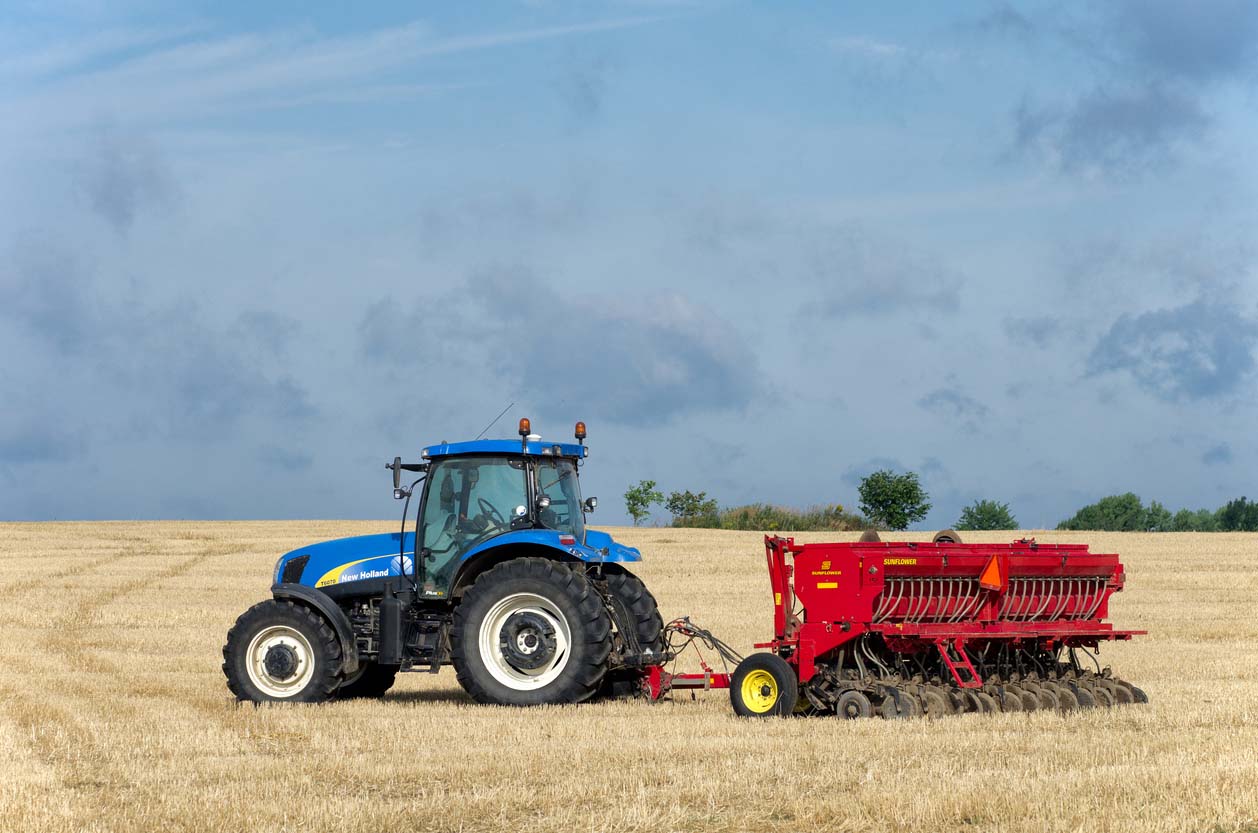Seeding Cover Crops after Wheat

Wheat will be maturing early due to 90OF temperatures. Wheat grows best under cooler temperatures (less than 800F) and moist soil conditions. Wheat stands look great, but starts to die with hot dry temperatures, resulting in lower wheat yields. Wheat harvest may start in 4-5 weeks, so start ordering cover crop seed now. A long growing season after wheat allows for many cover crops options. Warm season cover crops grow in the summer but die with the first frost while cool season species generally survive the winter. Major categories include legumes, grasses, brassicas, and other broadleaves. Each cover crop has certain benefits and disadvantages. Cover crops benefits include adding carbon, improving water infiltration and soil structure, tying up soluble nutrients, and are good weed fighters. Legumes and clovers are high nitrogen fixers before corn and are slightly more expensive. Warm season legumes include cowpeas and Austrian winter peas while cool season legumes include true wi...


